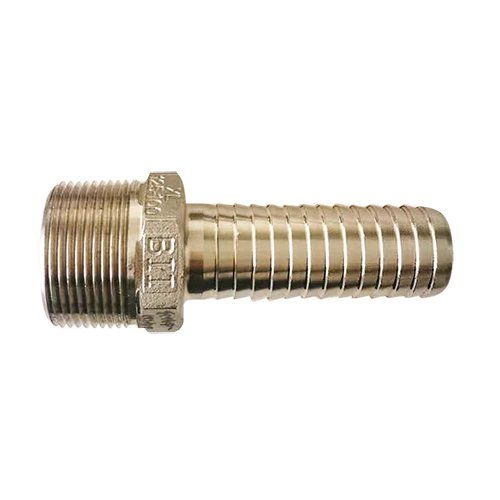Mobile:+86-311-808-126-83
Email:info@ydcastings.com
Optimizing Engine Performance with Exhaust and Intake Manifold Design Techniques
Understanding the Exhaust and Intake Manifold in Internal Combustion Engines
In the realm of internal combustion engines, the exhaust and intake manifold plays a crucial role in ensuring optimal performance, efficiency, and engine longevity. While these components may seem straightforward in their purpose, they are intricately designed to support the engine's operations, significantly influencing the dynamics of air and exhaust gas flow.
The Intake Manifold Gateway to Power
The intake manifold is the entry point for air entering the engine. Its primary function is to distribute the air (and, in the case of fuel-injected engines, fuel) to each of the engine's cylinders evenly. This distribution is vital, as unequal airflow can lead to power loss, increased emissions, and inefficient combustion.
The design of the intake manifold can vary significantly based on the engine's intended use and performance requirements. For example, performance-oriented engines often feature short, large-diameter intakes that enhance airflow and improve responsiveness. On the other hand, engines designed for greater efficiency tend to have longer, smaller-diameter manifolds to promote better fuel atomization and combustion at lower RPMs.
One of the exciting advancements in intake manifold technology is the incorporation of variable geometry. Modern systems can adapt the manifold's length or cross-sectional area based on engine speed and load, optimizing airflow for various conditions. This adaptability can significantly enhance throttle response and overall engine efficiency.
Exhaust Manifold Expelling the Burnt Gases
While the intake manifold is responsible for bringing air into the engine, the exhaust manifold has the opposite role—it collects and expels the burnt gases from the engine's combustion chambers. Proper design and function of the exhaust manifold are critical for maintaining engine performance and reducing harmful emissions.
exhaust intake manifold

Made typically from cast iron or stainless steel, the exhaust manifold must withstand extreme temperatures and pressure fluctuations. The design must not only facilitate efficient gas flow out of the engine but also minimize backpressure, which can hinder an engine's efficiency and performance. A well-designed exhaust manifold allows exhaust gases to exit the engine swiftly, creating a vacuum that helps draw more air into the cylinder, thus supporting the intake process.
Like intake manifolds, exhaust systems can employ various technologies to enhance performance. Turbochargers, for instance, use exhaust gas flow to spin a turbine that forces more air into the intake, improving the engine's power output. This makes the design of the exhaust manifold crucial, as it must accommodate additional components, such as turbochargers, while still providing an efficient flow of exhaust gases.
Fusion of Intake and Exhaust Systems
The interplay between the intake and exhaust systems is vital for the overall engine efficiency. Engineers must consider how these two systems work together when designing an engine. A well-matched intake and exhaust system can lead to significant performance improvements through optimized scavenging—the process by which outgoing exhaust gases help draw in fresh air for combustion.
Balancing these systems is an ongoing challenge in automotive design. For high-performance applications, manufacturers may design separate paths for intake and exhaust gases to minimize interference and maximize efficiency. In contrast, regular engines often use integrated systems that seek a harmonious balance between performance, cost, and complexity.
Conclusion
The exhaust and intake manifold are essential components that illustrate the complexity of internal combustion engines. Their respective roles in air intake and exhaust gas expulsion are foundational for engine performance and efficiency. As automotive technology advances, further innovations in these systems will continue to emerge, driving the industry towards more powerful, efficient, and environmentally-friendly engines. Understanding these components is crucial for anyone interested in automotive design, engineering, or maintenance, highlighting their impact on engine performance and the future of transportation.
-
Impeller Technology That Powers Precision in Pump SystemsNewsMay.22,2025
-
Valve Durability Begins with Quality Cast Iron ComponentsNewsMay.22,2025
-
Performance Cooling with Advanced Automobile Water Pump SolutionsNewsMay.22,2025
-
How Motor Housing and Oil Pans Shape Engine PerformanceNewsMay.22,2025
-
How Metal Castings Drive Modern Manufacturing EfficiencyNewsMay.22,2025
-
Exploring the Engineering Behind Valve Body CastingsNewsMay.22,2025











